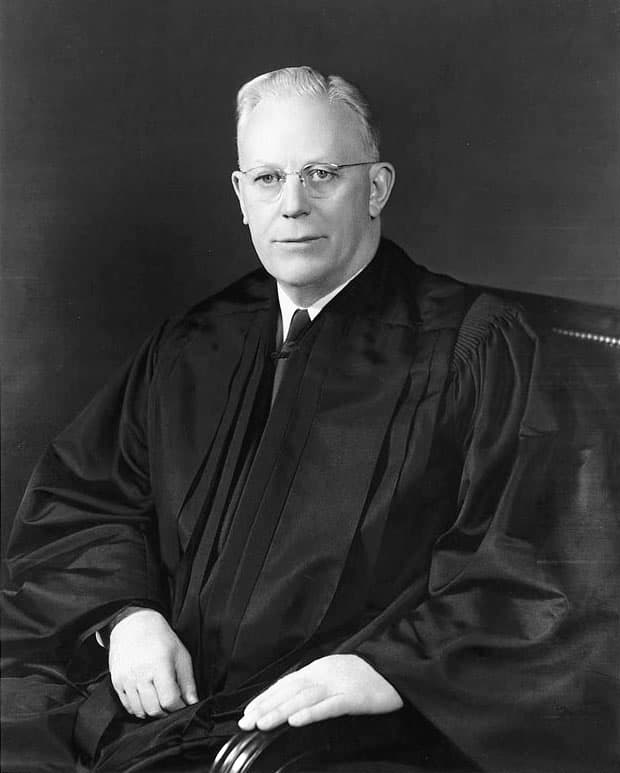Warren Court's Enduring Legacy and Debated Consequences Fifty Years On

The Warren Court, presided over by Chief Justice Earl Warren from 1953 to 1969, is widely recognized as a period of profound constitutional change in the United States, dramatically expanding civil rights, civil liberties, and judicial power. Its decisions, which some scholars term a "Constitutional Revolution," continue to shape American law and society, prompting ongoing discussion about their long-term consequences. A recent tweet from user @arctotherium succinctly posed this enduring question, stating, "The Warren Court and its consequences..."
During its tenure, the Warren Court delivered landmark rulings that reshaped the legal landscape. Brown v. Board of Education (1954) declared state-sponsored segregation in public schools unconstitutional, while Reynolds v. Sims (1964) established the "one man, one vote" principle, mandating equal representation in state legislatures. In criminal procedure, cases like Gideon v. Wainwright (1963) guaranteed the right to counsel for indigent defendants, and Miranda v. Arizona (1966) instituted the now-famous Miranda warnings.
The Court's progressive stance, however, has faced significant scrutiny and subsequent judicial adjustments. Legal scholars debate whether the Court's ambitious goals, particularly in criminal justice reform, have been fully realized or have seen their impact diluted over time. Some argue that later courts have eroded certain Warren Court precedents, for instance, by creating exceptions to Miranda warnings and limiting the scope of the Fourth Amendment's exclusionary rule.
Despite these debates and the subsequent evolution of jurisprudence, the Warren Court's influence remains undeniable. Its decisions laid the groundwork for significant social change and inspired generations of legal professionals and civil rights advocates. The period is often celebrated for its commitment to justice and equality, even as the "consequences" and the extent of its lasting impact continue to be a subject of academic and public discourse.